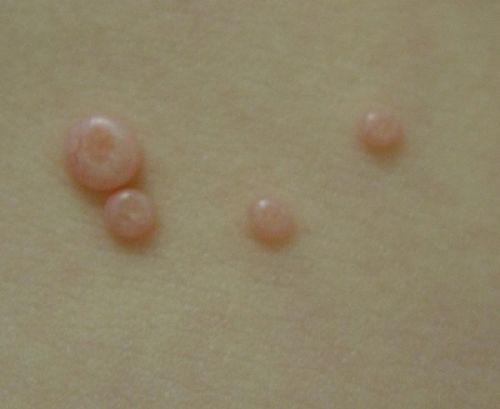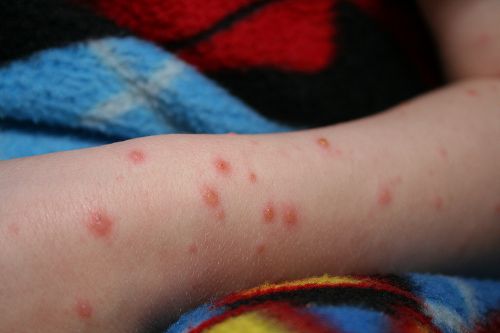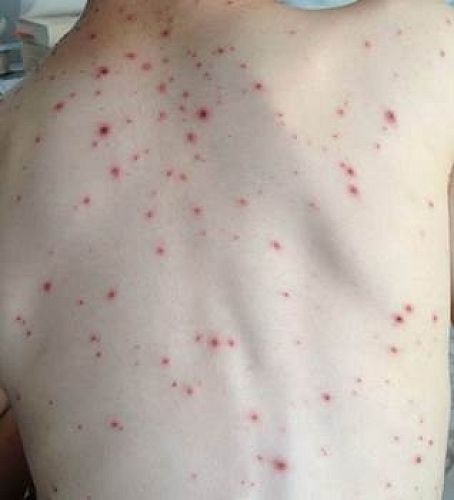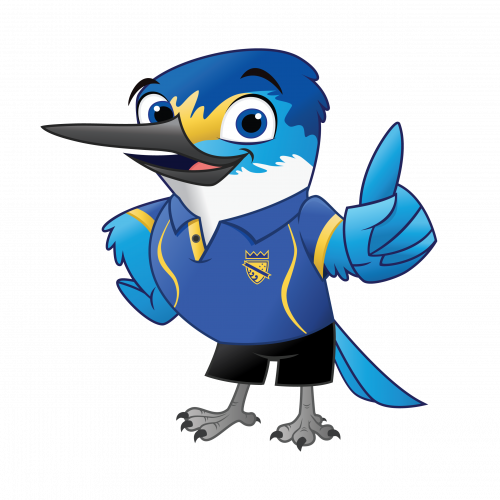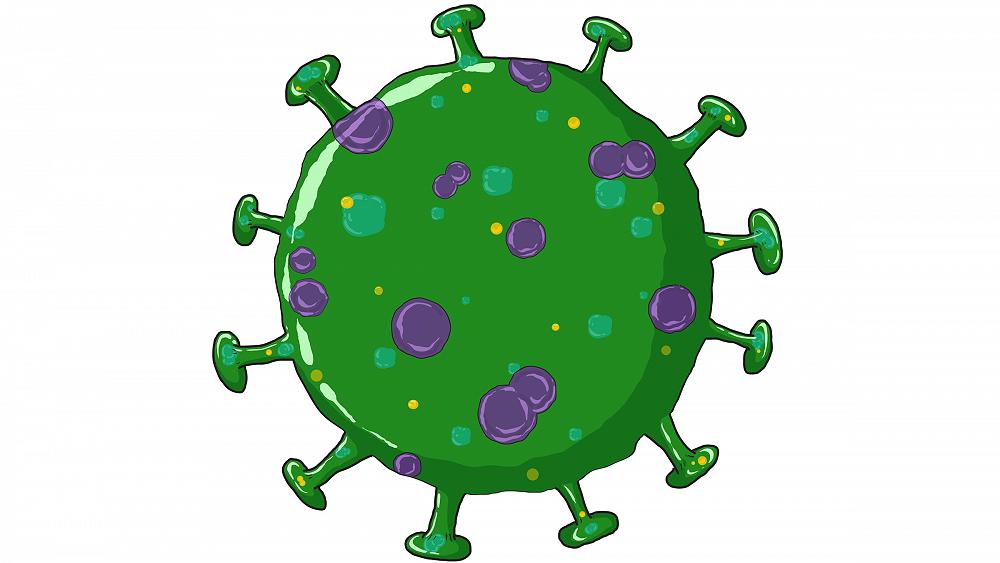
IMPORTANT HEALTH WARNINGS
Please be on the look out for a rash, spots or blisters and keep you child home if in doubt.
If your child presents any of these symtoms, please inform the school and have them checked by a doctor.
There are lots of viruses going around and we have a student that can get very ill if she catches Chicken Pox (it attacks her liver and brain).
Please keep your child home if in doubt.
For further information, please read below:
Chicken Pox
Sometimes children scratch the blisters and they can become infected. If this happens, you’ll need to take them to the doctor.
Very occasionally chickenpox can lead to serious complications, such as pneumonia, problems with the kidneys, heart, joints or nervous system. Chickenpox is also serious for pregnant women.
If there are no complications, chickenpox usually clears up within 3–7 days for adults, and 5–10 days for children.
Once you've had chickenpox, you're probably immune - this means your body can fight it off and you won't get sick. If you've had a very mild case of chickenpox with just a few blisters, it's possible to get it again, but this is very rare.
How is it spread
The virus is spread through the air by infected people when they sneeze or cough, and by touching the chickenpox blisters then touching objects or other people.
The illness starts 10–21 days after being exposed.
Stop chickenpox spreading
Chickenpox is contagious from 1–2 days before the blisters appear. Avoid close contact with other people, stay home from work and keep children home from school and early childhood education centres for 1 week from the appearance of the rash until all blisters have dried.
Remember: chickenpox is serious for pregnant women and people who are have a reduced immune response (eg, children with cancer).
The chickenpox virus is spread through the air by infected people when they sneeze or cough.
- Always turn away from others and use tissues when you cough or sneeze.
- Always wash your hands after coughing, sneezing or blowing your nose.
Chickenpox can also spread through touching the blisters and then touching objects or other people.
- Wash your hands often, especially if you’re the caregiver of a child with chickenpox – and make sure they do the same.
- Discourage children from scratching the blisters.
Impetigo (school sores)
Impetigo (you say, im-pa-ty-go), also known as school sores, causes blisters on exposed parts of body, such as hands, legs and face. The blisters burst and turn into a sore with a yellow crust that gets bigger each day.
How are school sores spread?
The sores are itchy. The sores spread easily to other parts of the skin. Impetigo is easily spread to other children and adults if they touch the sores.Fluid or pus from sores gets on other skin. Keep sores clean and covered.
What to do
- Go to the doctor.
- Check and clean every day.
- Gently wash the sores with warm water and a soft cloth. Wash the sores until the crust comes off and wash away the pus and blood.
- Check other children for impetigo. Use any cream from the doctor on the sores.
- Cover sores with a cloth or plaster to help stop the infection from spreading.
- Keep your child’s nails short and clean.
- Wash your hands before and after touching the skin or sores.
- Make sure your child washes their hands often, especially if they touch the sores.
What to do if impetigo gets worse
You need to go back to the doctor if any of these things happen:
- sores last more than a week
- sores become red or swollen
- sores have pus in them
- your child has a fever.
The infection may have spread to other parts of the body or blood. Your child may need blood tests and antibiotics.
It is important to take the antibiotics every day until they are finished, even if the impetigo seems to have cleared up earlier. The antibiotics need to keep killing the infection in the body after the skin has healed.
Time off from kura or school
Until sores have dried up or 24 hours after antibiotic treatment has started.
What is molluscum contagiosum?
Molluscum contagiosum is a skin infection caused by the virus Molluscum contagiosum. It produces benign raised bumps, or lesions, on the upper layers of your skin.
The small bumps are usually painless. They disappear on their own and rarely leave scars when they’re left untreated. The length of time the virus lasts varies for each person, but the bumps can remain from two months to four years.
Molluscum contagiosum is spread by direct contact with someone who has it or by touching an object contaminated with the virus, such as a towel or a piece of clothing.
Medication and surgical treatments are available, but treatment isn’t necessary in most cases. The virus can be more difficult to treat if you have a weakened immune system.
How can molluscum contagiosum be prevented?
The best way to prevent getting molluscum contagiosum is to avoid touching the skin of another person who has the infection. Following these suggestions can also help you prevent the spread of the infection:
- Instruct children in proper hand-washing techniques with warm water and soap since they’re more likely to use touch in play and interaction with others.
- Avoid sharing personal items. This includes towels, clothing, hairbrushes, or bar soaps.
- Avoid using shared sports gear that may have come in direct contact with someone else’s bare skin.
- Avoid picking at or touching areas of your skin where the bumps exist.
- Keep the bumps clean and covered to prevent yourself or others from touching them and spreading the virus.
For more information please go to https://www.health.govt.nz or https://www.kidshealth.org.nz
Call Healthline free on 0800 611 116 for advice and information from a trusted registered nurse.
Gallery
